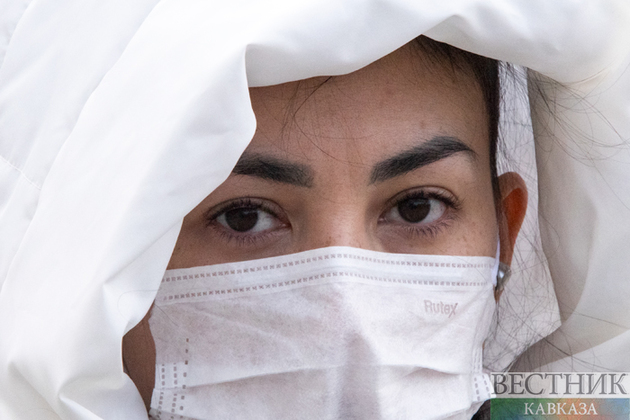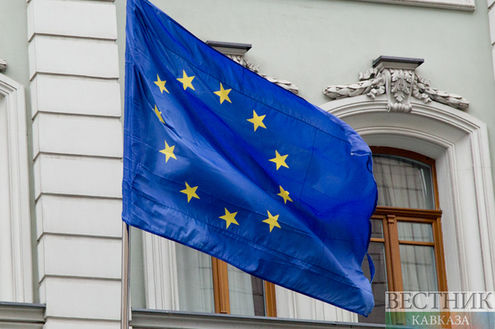The epidemiological situation in Iran is still tense; virologists note that the coronavirus situation in Iran is uneven. Since the beginning of July, Iran has updated its daily death tall record several times. Against the backdrop of an uncompromising struggle to get the epidemic under control, the republic's leadership does not stop business and other economic activities.
Iran remains one of the largest regional business centers, closely connected with the economies of the South Caucasus republics. It is one of the largest exporters of fruits and vegetables to the Armenian, Georgian and Azerbaijani markets. However, according to Baku, Tbilisi and Yerevan, optimistic reports from Tehran that the peak of the epidemic is over do not inspire confidence, so traffic at checkpoints is still limited.
The borders can be opened, but in a limited mode if strict sanitary standards are observed. It is possible that checking of baggage and hand luggage of passengers arriving from Iran will be strengthened at the Armenian-Iranian and Iranian-Azerbaijani border check points. Livestock products without factory packaging may be seized. Since it has been revealed that coronaviruses are not particularly resistant to disinfectants, strict disinfection of objects and premises is possible to reopen the crossings.
The need to open borders is due to the preservation of existing ties. If trade is not resumed, then in addition to price increases, which has gradually begun in February, Armenia, for example, may also face a food shortage. First of all, this concerns the limitation of dried fruits, spices, nuts and chestnuts supplies from Iran.
The importance of stable transport links, trade and economic relations between Iran and Azerbaijan, which suffered from the epidemic, especially in the border zone, should not be underestimated. Iran accounts for a significant part of consumer goods imports and building materials imports. Moreover, Iranian goods are one of the most affordable in Azerbaijan.
Iran needs huge financial resources to develop the necessary infrastructure, including in the border zone. According to various estimates, this may require up to $500 billion, so the Iranian authorities consider all possible options for exporting their national wealth. Important negotiations on the possible integration of the Iranian gas pipeline system and the Azerbaijani-Turkish TANAP gas pipeline were scheduled to be held in 2020. However, it is not known whether negotiations will take place, given the skepticism of the Azerbaijani political establishment regarding Iran's sanitary and epidemiological security.
Closed borders mercilessly hit the entire region's tourism industry. Residents of the South Caucasus republics often visit Iran for medical treatment, since the prices in Iranian clinics are much lower than in Azerbaijan, Armenia and Georgia.
At the same time, limited border opening can be costly. Working at border crossings require a lot of consumables, personal protective equipment, and complying with the necessary sanitary standards requires significant financial investments for an indefinite period. It is also important that the package of measures undertaken will not be effective if it is implemented by just one side. Therefore, all sides should prevent the transmission of the virus, which will require the creation of monitoring structures to exercise overall control at all the checkpoints.
So far, Iran has opened a border with three countries, Turkmenistan, Uzbekistan and Afghanistan, but the mandatory mask regime has been introduced in unfavorable areas of the country, and it is premature to talk about the imminent opening of the border with the countries of the South Caucasus.










